If you’ve ever watched your turtle stare blankly at its food, you’re definitely not alone. That sinking feeling when your shelled buddy suddenly loses interest in everything from their favorite leafy greens to those tasty turtle pellets can be downright heartbreaking. One day they’re munching away happily, and the next day it’s like someone flipped an invisible switch. But here’s the thing – turtles don’t just stop eating for no reason.
There’s always something behind their sudden food strike, and the good news is that most of these issues are totally fixable once you know what you’re looking for. Sometimes it’s as simple as adjusting their tank temperature or switching up their diet, but other times it could signal something more serious that needs your immediate attention.
Temperature Troubles Are More Common Than You Think
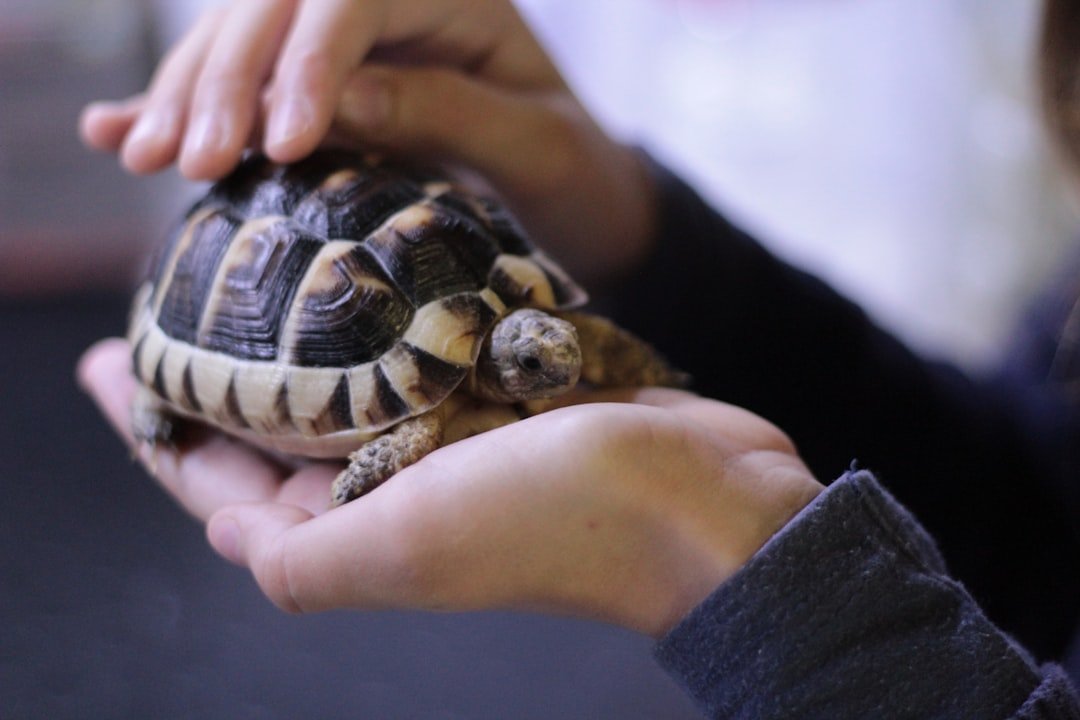
Turtles are cold blooded reptiles and will not eat if the temperature is too cold. Think about it this way – imagine trying to eat a big meal when you’re shivering. That’s exactly what your turtle experiences when their environment isn’t warm enough. Turtles are cold-blooded and unable to control their body temperature. Instead, they depend on the temperature of their surrounding environment.
The ideal water temperature for turtles is between 75 and 80 degrees Fahrenheit. When temperatures drop below this sweet spot, your turtle’s metabolism slows down dramatically. If the temperature drops too low, your turtle’s metabolism slows down, causing a loss of appetite. It’s like their internal engine starts running in slow motion, making food seem about as appealing as cardboard.
Stress Is a Silent Appetite Killer
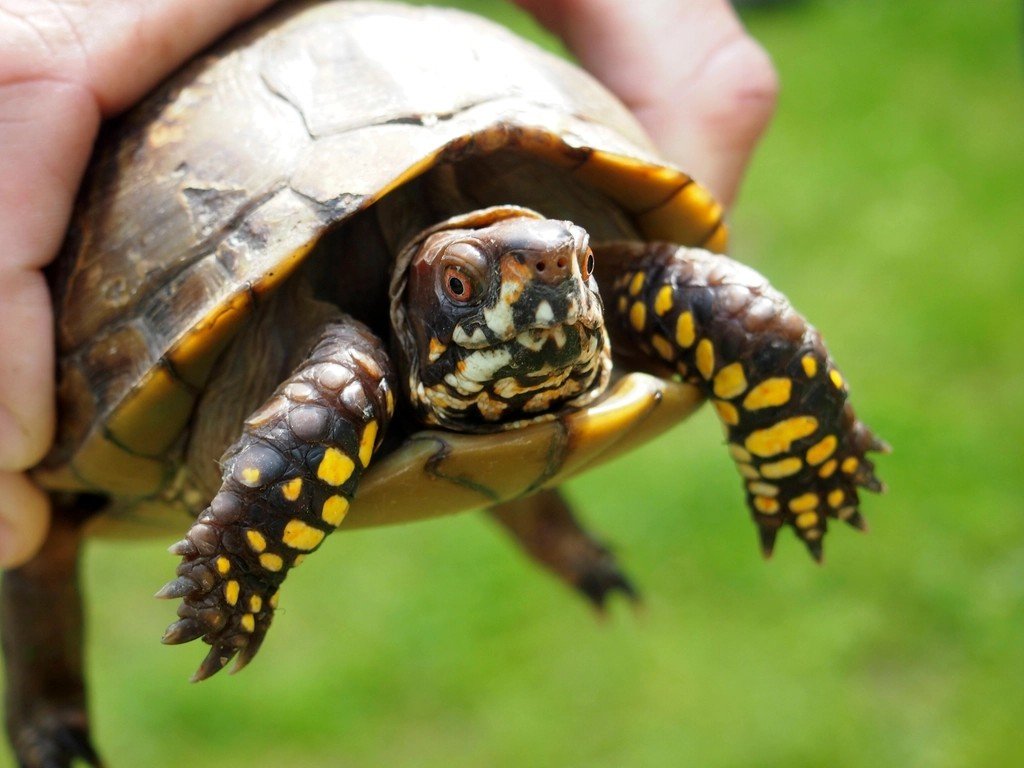
Stress is one of the most common culprits. Turtles can get stressed for a variety of reasons – new environments, too much handling, or even noisy surroundings. Stress can cause a loss of appetite and reluctance to eat, so it’s essential to keep your turtle’s habitat peaceful and quiet. Your turtle might be acting like a moody teenager who locks themselves in their room after a big change.
Traveling, physical trauma, new enclosure mates, and other changes in environment can cause stress in your turtles. If you just brought home a new turtle and they refuse to eat, just wait 2-3 days for them to adjust to their new home. Even something as simple as rearranging their tank decorations can throw them completely off their game. Sometimes, stress can be caused by overhandling your turtle or too much noise around its habitat. Giving them some space and allowing them to adapt to changes at their own pace can help.
Lighting Issues Can Throw Everything Off Balance
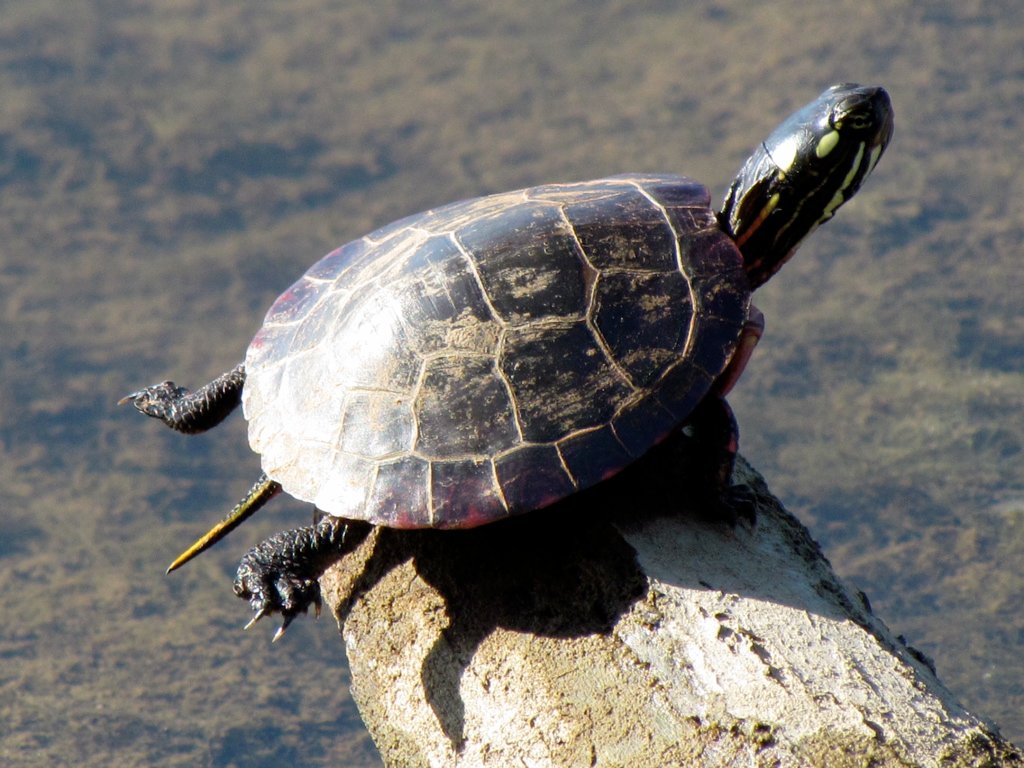
Improper lighting (too little or too much visible light or UVB light) or temperature can negatively impact appetite. Your turtle needs proper UVB lighting like we need coffee in the morning – it’s absolutely essential for their wellbeing. Aquatic turtles require exposure to ultraviolet (UV) light to produce vitamin D in their skin, which is essential for absorbing dietary calcium and maintaining healthy bones and shells. It’s important to provide your aquatic turtle with 10–12 hours of UV light daily to imitate natural sunlight.
Even if they are still producing visible light, UVB bulbs have a limited lifespan and and fluorescent UVB bulbs need to be changed every 6 months. Many turtle parents make the mistake of thinking that old bulb is still working fine because it looks bright enough. Turtles need UVB lighting for proper digestion and overall health. Without it, they may not feel hungry or be able to metabolize their food properly. Make sure the light is on for 10-12 hours each day and is in good working condition.
Water Quality Problems Can Ruin Their Appetite
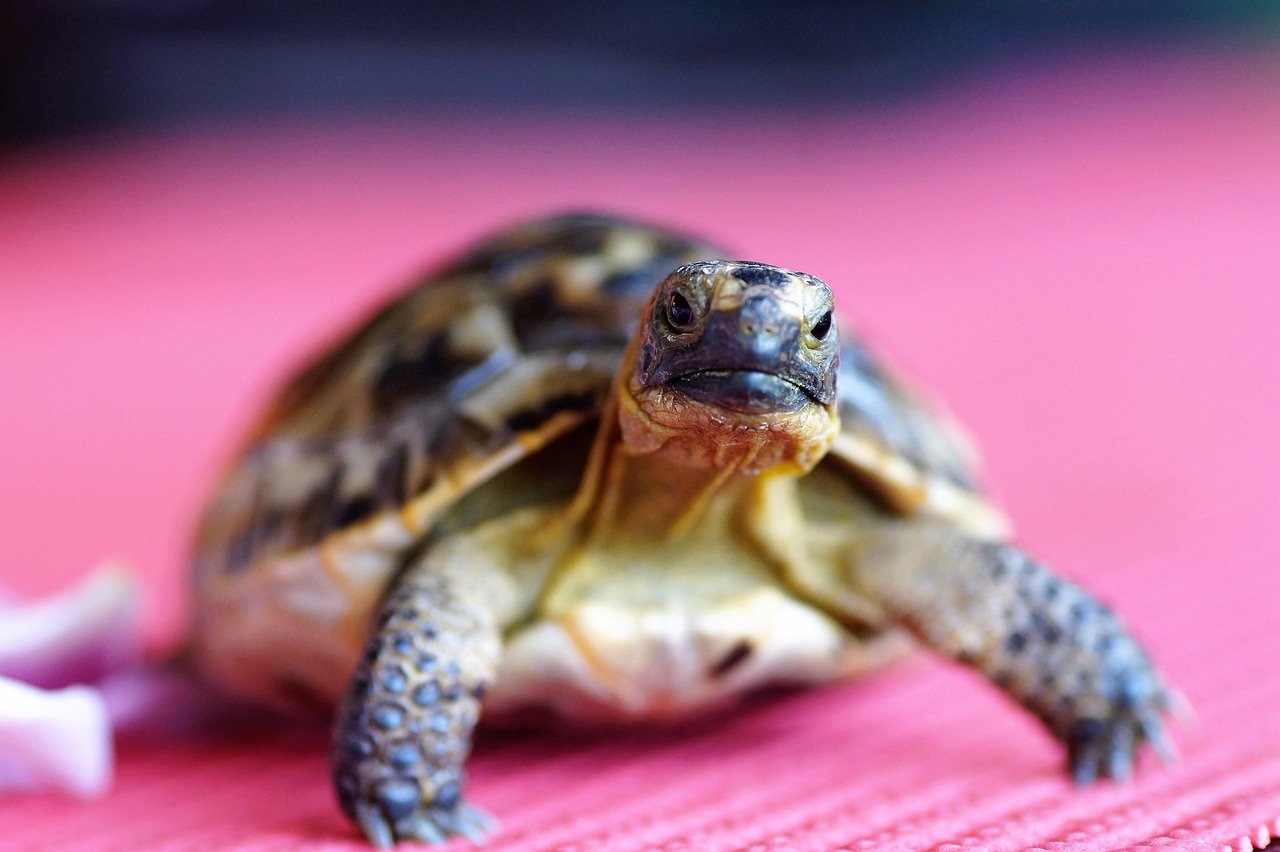
Additionally, maintaining good water quality is crucial. Dirty water can cause stress and make your turtle less likely to eat. Regular water changes and proper filtration are key to keeping your turtle comfortable and healthy. Imagine being asked to eat dinner while sitting in a smelly, cloudy swimming pool – that’s basically what poor water quality feels like to your turtle.
Clean water isn’t just about looks either. Causes may include infections, poor water quality, or stress from diet changes like introducing feeder fish. Bad water can harbor bacteria and parasites that make your turtle feel genuinely sick. Turtles are sensitive to water quality, temperature, and lighting. Poor water quality, an improper tank temperature, or inadequate basking areas can lead to stress, making the turtle lose interest in eating. Make sure to test the water and change it regularly to keep it clean.
Hidden Health Issues Could Be the Real Problem
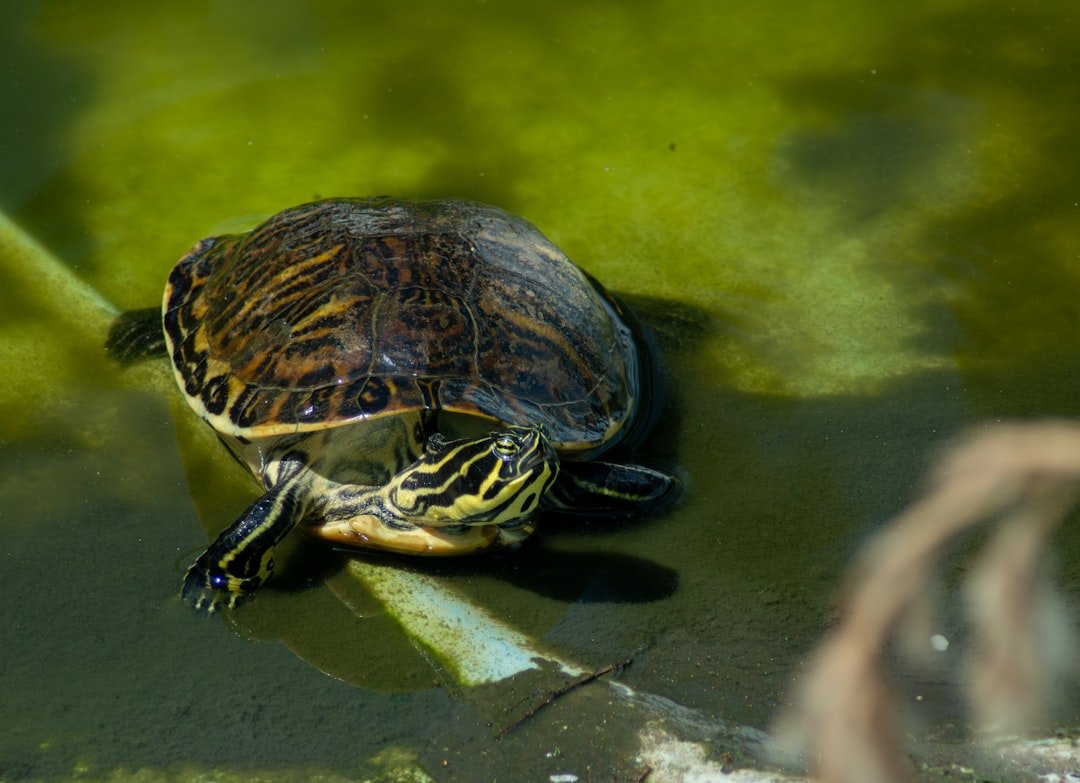
Illness is another possibility. If your turtle is feeling unwell, it may lose its appetite. Health issues like respiratory infections, parasites, or shell problems can all affect feeding habits. Sometimes what looks like simple pickiness is actually your turtle’s way of telling you something is seriously wrong.
Sneezing, coughing, difficulty breathing, and swollen eyes and nose can be a sign of respiratory infection. Shell discoloration, slime formation over the shell, a bad smell, and flaking scutes can be signs of shell rot. Other symptoms of respiratory infections include wheezing, difficulty breathing, sneezing, runny nose, puffy eyes and lack of energy. These symptoms often show up alongside appetite loss, creating a perfect storm of turtle health problems.
Seasonal Changes Affect Their Eating Habits
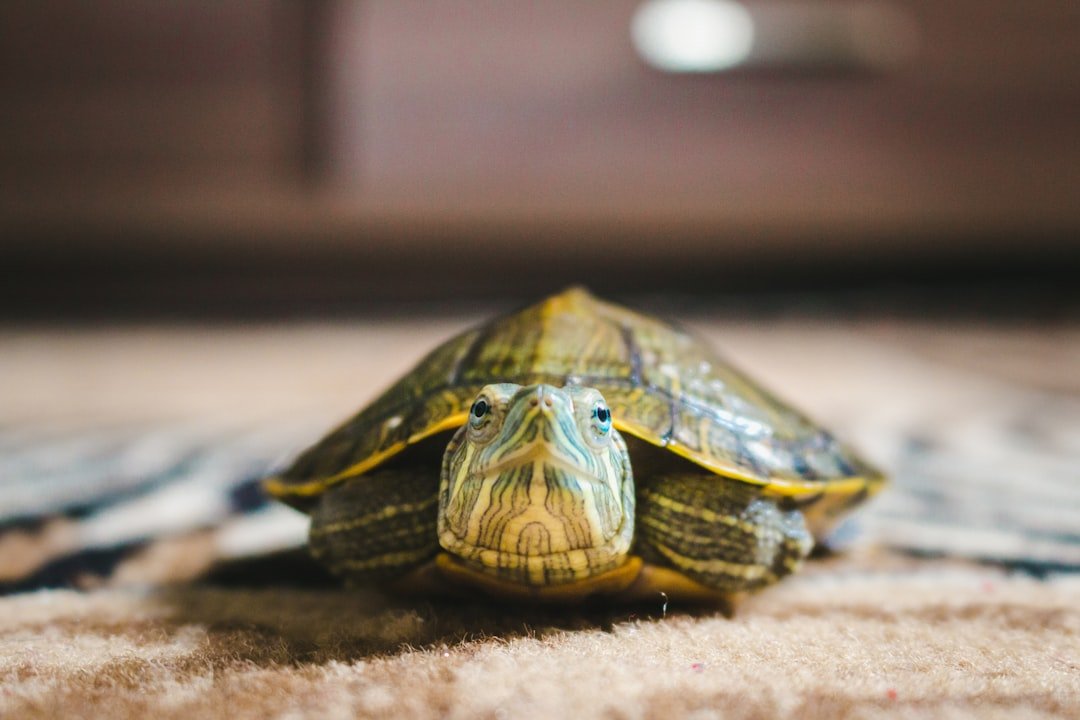
Turtles are cold-blooded, so their eating habits are influenced by temperature. As the weather changes, your turtle’s metabolism may slow down, leading to a decrease in appetite. This is particularly common during winter months. Your turtle might be responding to seasonal changes even if they live indoors – they’re surprisingly good at sensing these shifts.
Believe it or not, she “knows” what the weather is like outside even from inside. Box turtles can sense the changes in air pressure. What time of year is it? Much like they “know” the weather, even box turtles kept as pets can often sense the time of year. This natural instinct can trigger temporary fasting periods that mimic what they’d experience in the wild. First of all, you should know that turtles by nature often fast for a few days, and this is completely normal for them. However, if the fasting goes on for too long, it may be an indication that something is wrong with our turtle.
Diet Boredom Is Real for Turtles Too
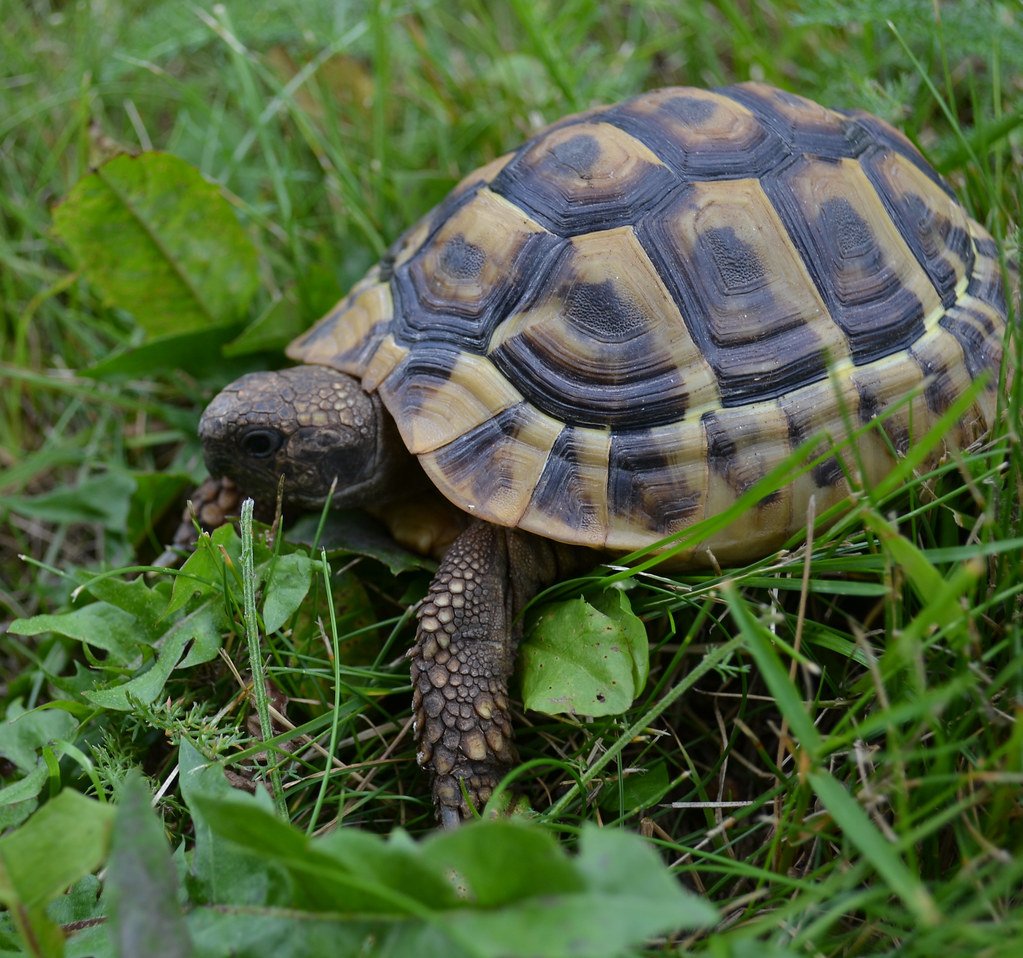
While providing all the “necessary” nutrients for your turtles, eating solely a commercial, processed diet isn’t healthy for your pets. Turtles will refuse food for many reasons, especially if they just don’t like the food they’re given. Make sure you research the preferred diet for your turtle’s species. Just like people get tired of eating the same thing every day, turtles can develop serious food fatigue.
Some boxies can be like little kids, wanting only certain foods. Or you might be feeding him foods he’s not used to. Some boxies can be like little kids, wanting only certain foods. They can become incredibly stubborn about their preferences, especially if you’ve been spoiling them with their favorite treats. Half of your turtle’s diet should be fresh, dark, leafy greens such as collards, dandelions, and kale. Animal protein should not exceed 10-20% of your turtle’s diet.
Simple Solutions to Get Your Turtle Eating Again
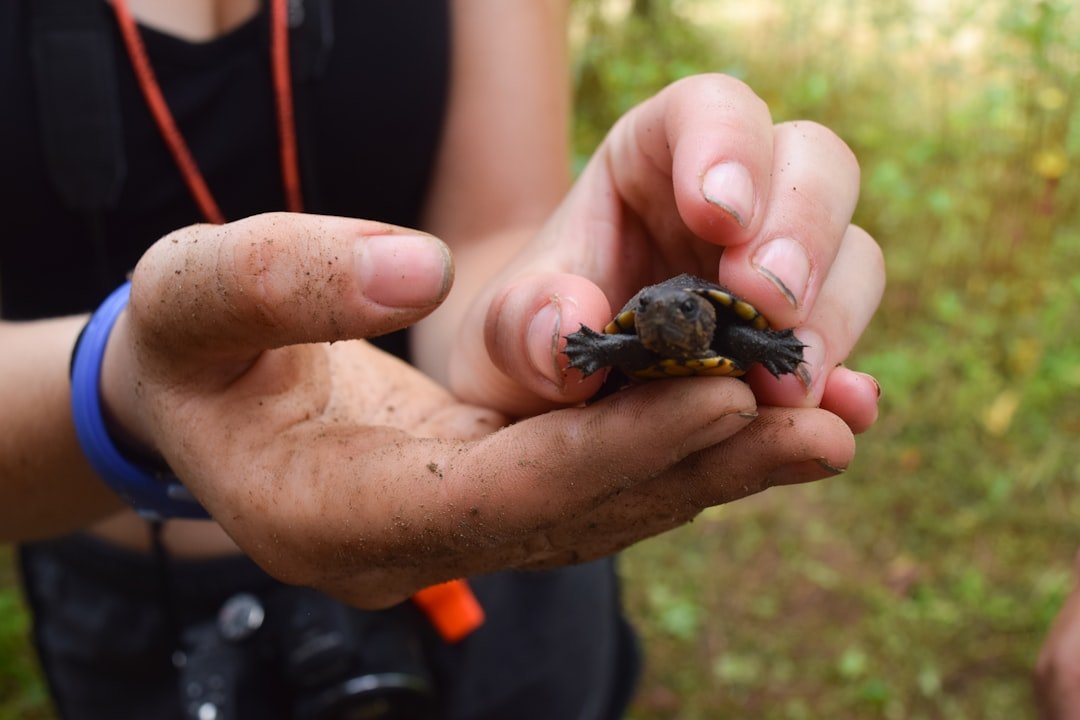
The first thing to check is your basic setup – temperature, lighting, and water quality are your holy trinity of turtle care. Turtles of all ages should be fed in warm water (in the upper 70s F) to stimulate their appetite and aid digestion. Make sure your thermometer readings are spot-on, not just “close enough.”
Try fruit. Many box turtles love berries, bananas and other fruits (they might even be your pet’s favorite food!). Once you find something your box turtle will eat, let him fill up on it. Sometimes you need to play the “whatever it takes” game to get them eating again. Making small adjustments to your turtle’s habitat or routine may encourage them to start eating again. Regularly checking the tank conditions, including temperature, cleanliness, and lighting, will create a more comfortable environment for your turtle. Once their appetite returns, you can gradually work them back to a balanced diet.
Conclusion
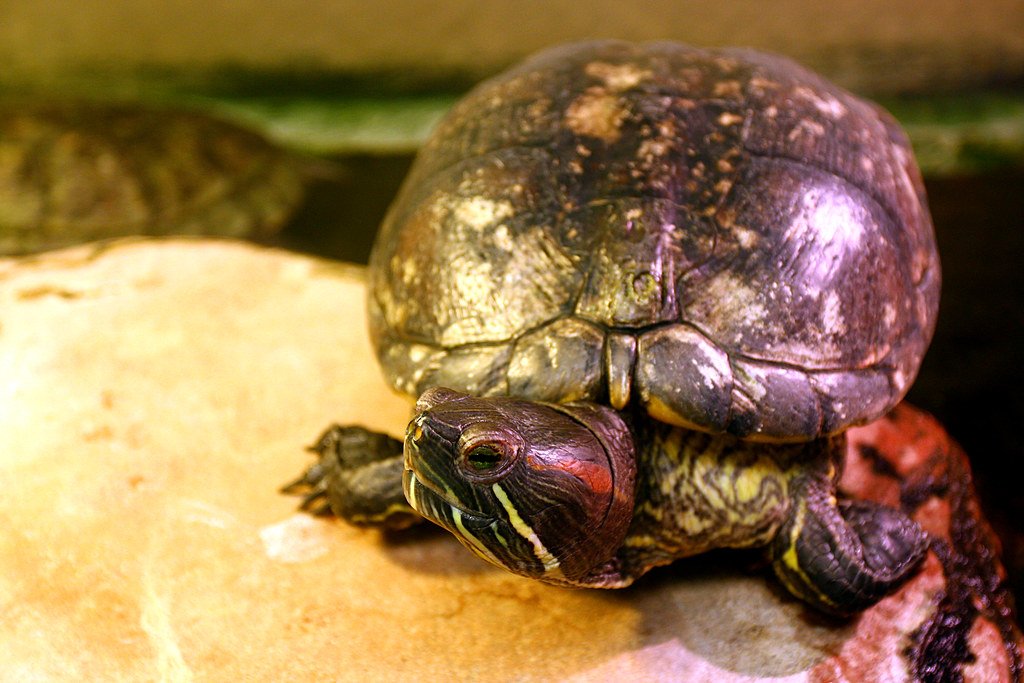
When your turtle stops eating, it’s their way of waving a little flag that says “something’s not right.” The key is staying calm and working through the possibilities methodically – temperature first, then stress factors, followed by health concerns. Most appetite issues resolve themselves once you identify and fix the underlying problem.
Remember, turtles are masters of routine and can be surprisingly sensitive to changes. What seems like a minor adjustment to us might feel earth-shattering to them. The good news is that with proper care and attention, most eating problems are completely solvable.
Keep a close eye on your shelled friend, trust your instincts, and don’t hesitate to consult a reptile veterinarian if things don’t improve within a week. After all, isn’t it amazing how something as simple as a turtle’s appetite can teach us so much about being better caretakers?

Andrew Alpin from India is the Brand Manager of Doggo digest. Andrew is an experienced content specialist and social media manager with a passion for writing. His forte includes health and wellness, Travel, Animals, and Nature. A nature nomad, Andrew is obsessed with mountains and loves high-altitude trekking. He has been on several Himalayan treks in India including the Everest Base Camp in Nepal.






